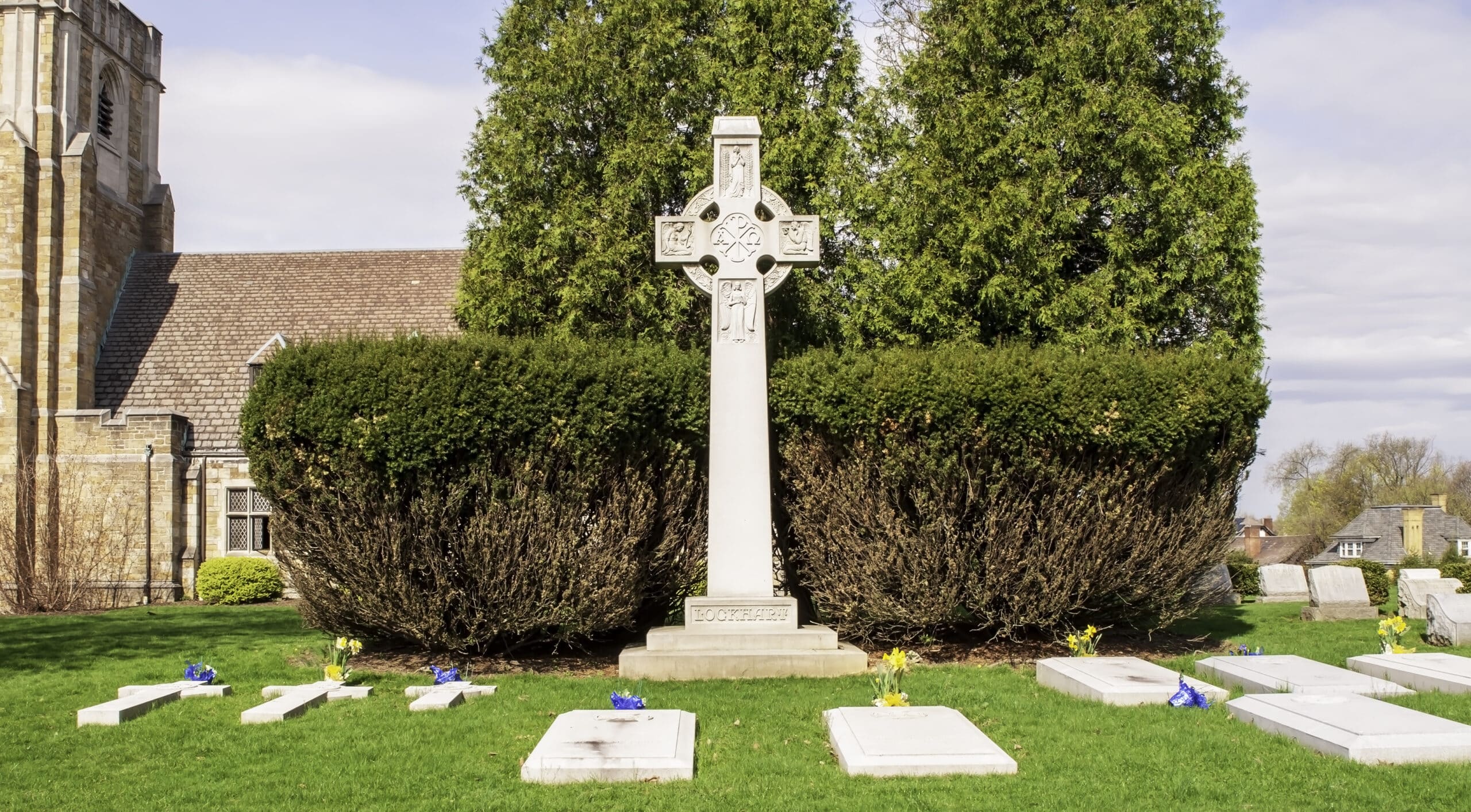Planning a family burial plot is a meaningful way to create a permanent place of remembrance where generations can rest together. It allows families to establish a shared legacy, simplify future burial arrangements, and create a consistent visual and emotional space in the cemetery. Below, we’ll walk you through every step of the planning process, from selecting the right location to designing cohesive monuments that honor your family’s legacy.
Step 1: Understand What a Family Burial Plot Is
A family burial plot is a designated section of a cemetery purchased and reserved for multiple family members. These plots can vary in size, typically accommodating anywhere from two to a dozen or more graves. They may be arranged as side-by-side individual graves or as shared companion or family monuments.
Commonly included family members often are:
- Spouses or partners
- Children and adult sons or daughters
- Parents or in-laws
- Siblings
- Grandparents
- Grandchildren
- Aunts and uncles
- Nieces and nephews (in extended plots)
Planning ahead ensures that future generations have clarity and peace of mind, while also securing preferred locations before cemetery space becomes limited.
Step 2: Choose the Right Cemetery Location
Selecting the right cemetery is the foundation of your family plot. Consider the following factors when evaluating locations:
- Proximity to where family members live
- Religious or cultural affiliation (if relevant to your family)
- Cemetery policies on plot size, monument styles, and decoration rules
- Landscape and aesthetics, including trees, gardens, and general upkeep
- Long-term maintenance and reputation of the cemetery
Because cemetery rules vary, it’s important to visit several options in person and review their regulations before making a purchase. At Tegeler, we regularly coordinate with cemeteries throughout the region and can help guide families through this step.
Step 3: Determine the Plot Size and Layout
Once you’ve chosen a cemetery, you’ll need to decide how many spaces to reserve and how they’ll be arranged. Think not just about immediate needs but also about future generations who may want to be included.
Common layout considerations include:
- Number of graves needed now and in the future
- Side-by-side traditional burial spaces vs. cremation niches
- Allowance for companion headstones, family monuments, or upright markers
- Walkways and landscaping between individual graves
- Placement of a central family name marker
Planning this layout in advance ensures visual harmony and makes it easier for the cemetery to reserve a large enough section for your family.
Step 4: Understand Costs and Legal Considerations
Family plots require careful budgeting and documentation. Beyond the initial purchase of the land, families should consider:
- Plot purchase price (varies by size and cemetery)
- Perpetual care or maintenance fees
- Burial opening and closing fees (charged individually per burial)
- Monument and marker costs
- Deed or ownership paperwork and succession planning
- Cremation niche or columbarium fees (if applicable)
- Costs for engraving future names and dates on existing monuments
- Required permits or administrative fees charged by the cemetery
- Transfer fees if ownership of the plot changes hands
- Long-term recordkeeping or trustee arrangements to manage the plot
It’s wise to assign a point of contact or trustee who will hold the deed and keep records for future generations.
Step 5: Design a Cohesive Monument Plan
Monument design is where your family’s shared legacy becomes visible. Planning the overall look of the family plot now ensures that future monuments will complement one another in both style and material. Many families choose to use consistent materials, such as granite or bronze, to create a unified appearance.
Selecting cohesive styles or shapes of headstones can help tie the plot together visually, while incorporating a central family monument bearing the surname creates a focal point that symbolizes shared heritage.
It’s also important to leave space on each individual marker for future inscriptions and to coordinate decorative elements like flower vases or bronze emblems. This approach balances personal expression with long-term visual harmony, so the plot grows gracefully over time.
Step 6: Document and Communicate Your Plan
Once decisions are made, it’s essential to document them clearly and share them with your family. Everyone should understand who is eligible for burial in the plot, how spaces are allocated or reserved, and how costs will be handled over time. Clarifying these details upfront can help avoid disagreements or uncertainty in the future, especially as family dynamics evolve over the years.
You should also record where deeds, ownership papers, and related documents are stored so future generations can access them when needed. Having this information clearly documented and accessible helps prevent confusion or conflict and ensures your family’s wishes are honored for generations to come.
Why Planning Ahead Matters
Planning a family burial plot is about more than logistics; it’s about legacy, unity, and peace of mind. Families who plan ahead relieve future generations of emotional and financial stress while creating a lasting place of remembrance that tells their story.
With thoughtful planning and expert guidance, your family can create a serene, meaningful space that reflects your shared values and love.
Contact Tegeler Monument Company
If you are considering a family burial plot, Tegeler Monument Company can guide you through every step of the process, from selecting a cemetery and designing monuments to coordinating with cemetery staff and ensuring your legacy endures. Serving families across Maryland, Washington, D.C., Virginia, and Pennsylvania, our experienced and compassionate team is here to provide expert support. Call us at 410-944-0300, or fill out our online contact form, to speak with a representative. We will help you design a family plot that offers comfort today and a lasting place of connection for generations to come.
